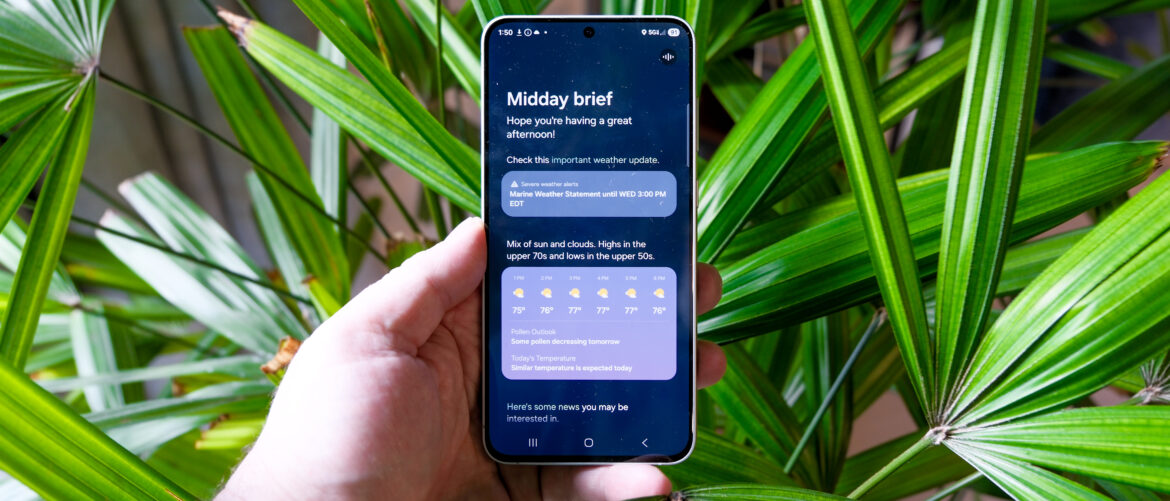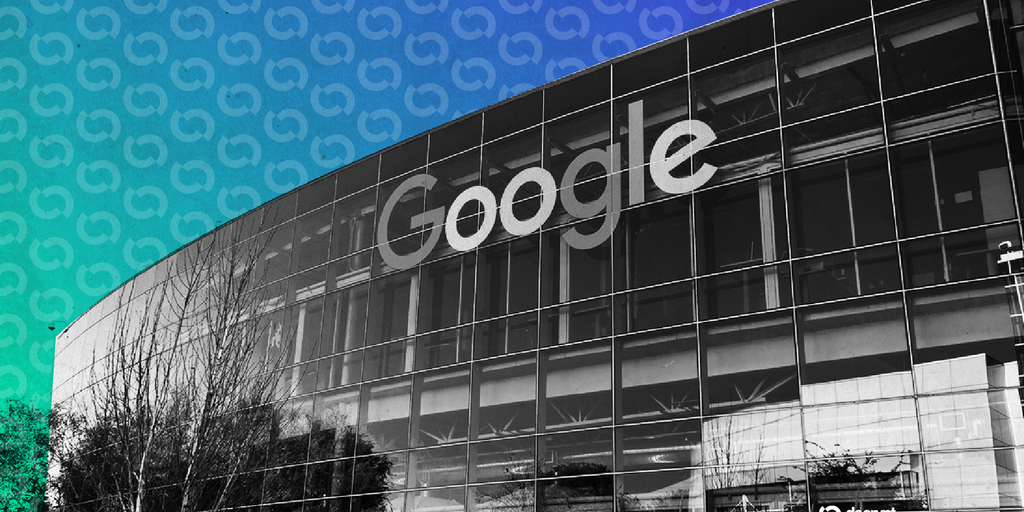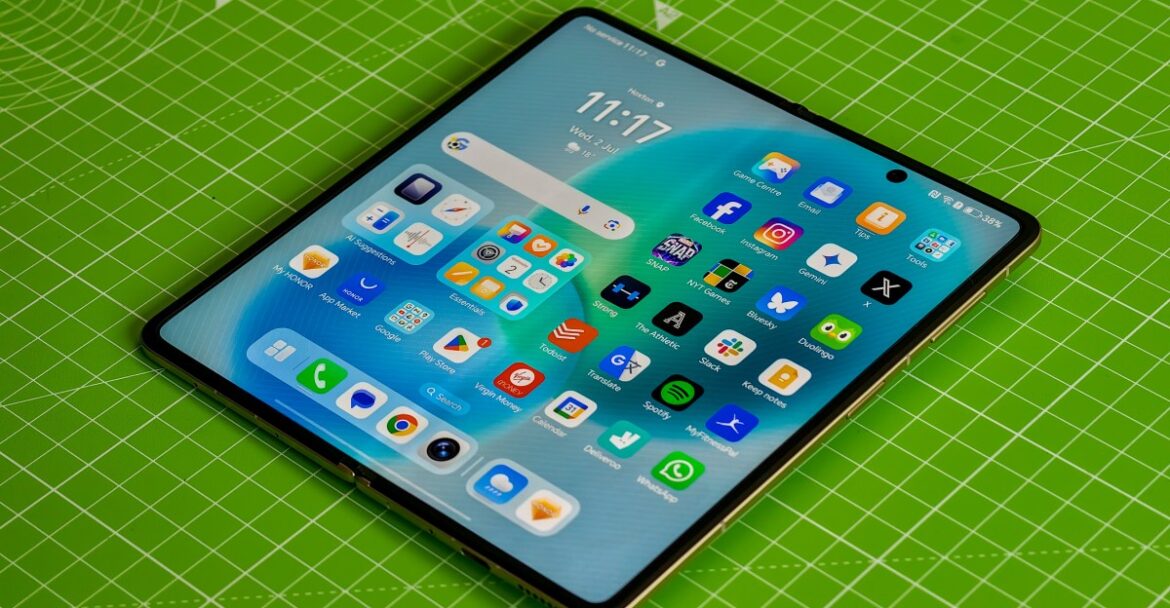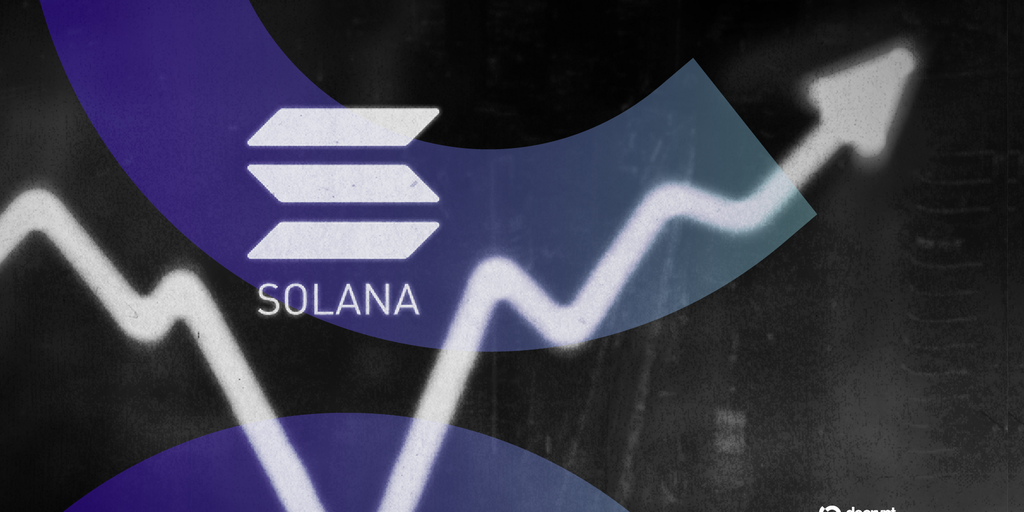A detailed debate on the future of cryptocurrencies in India and around the world took place on Zerodha and True Beacon Co-Founder Nikhil Kamath’s podcast. He spoke at length with Ruchir Sharma, the investor, author, and head of Rockefeller Capital Management’s international business.
The conversation covered India’s regulatory approach, the potential of stablecoins, and Bitcoin’s growing role compared to traditional assets like gold.
“Crypto is here to stay”
Ruchir Sharma, who has long tracked global financial trends, underlined that digital assets have survived skepticism and entered the mainstream. “I think Bitcoin is here to stay. Crypto is here to stay. This has lasted long enough. It’s getting mainstream,” he said.
Sharma pointed out how global institutions have changed their stance. He noted that banks and asset management firms, which five years ago had dismissed crypto entirely, are now starting to invest in it, showing growing acceptance.
India’s regulatory hurdles
Kamath turned the discussion to India’s cautious approach to crypto. He recalled his time in the U.S., where he met the founders of Kalshi and Polymarket, two prediction markets—one on the blockchain and the other using fiat currency. He observed that even there, regulators treat them differently, regulating Kalshi, but not Polymarket.
He argued that India risks curbing innovation with restrictive policies. “The big hindrance seems to be the 1% tax deduction at source for any kind of crypto or stablecoin in India,” Kamath said, questioning whether the country was “regulating ourselves out of a market which can be really big tomorrow.”
Stablecoin alternatives
Kamath suggested that if India were to issue a stablecoin, it should not be tied to the U.S. dollar. He proposed that the collateral could be a mix of gold and the Indian rupee, while also acknowledging the country’s strict capital controls.
Ruchir Sharma agreed, stressing the need to develop alternatives to the U.S. dollar. He noted that while he is optimistic about Bitcoin and the wider crypto market, the world’s dependence on the dollar needs to decrease, and new solutions should emerge.
The two also discussed how such a stablecoin could help manage remittance flows into India, though they recognized there would be challenges in both adoption and regulation.
Gold vs Bitcoin
The debate also touched upon the enduring comparison between Bitcoin and gold. Ruchir, who revealed he holds substantial gold, noted how Bitcoin’s value relative to gold has risen sharply. “The amount of gold that a Bitcoin could buy X years ago… today, a Bitcoin is able to buy a lot more gold,” he said.
While acknowledging gold’s historical significance, Sharma described crypto as a more advanced form of value storage. He admitted, however, that its use for everyday transactions remains limited, noting that it has yet to be widely adopted in this way. Despite this, he reaffirmed its legitimacy as an asset class, giving “two cheers for the Bitcoin bulls.”
A market too big to ignore
Globally, more than 659 million people now hold crypto, while India has ranked number one in grassroots adoption for three consecutive years, according to Chainalysis. Boston Consulting Group projects that tokenized assets could reach $16 trillion by 2030.
Sharma summed it up bluntly: “I think that it is here to stay. I think that debate is over now.”
Also Read: Zerodha’s Kamath Flags India’s Crypto F&O Boom on Tax, Leverage






